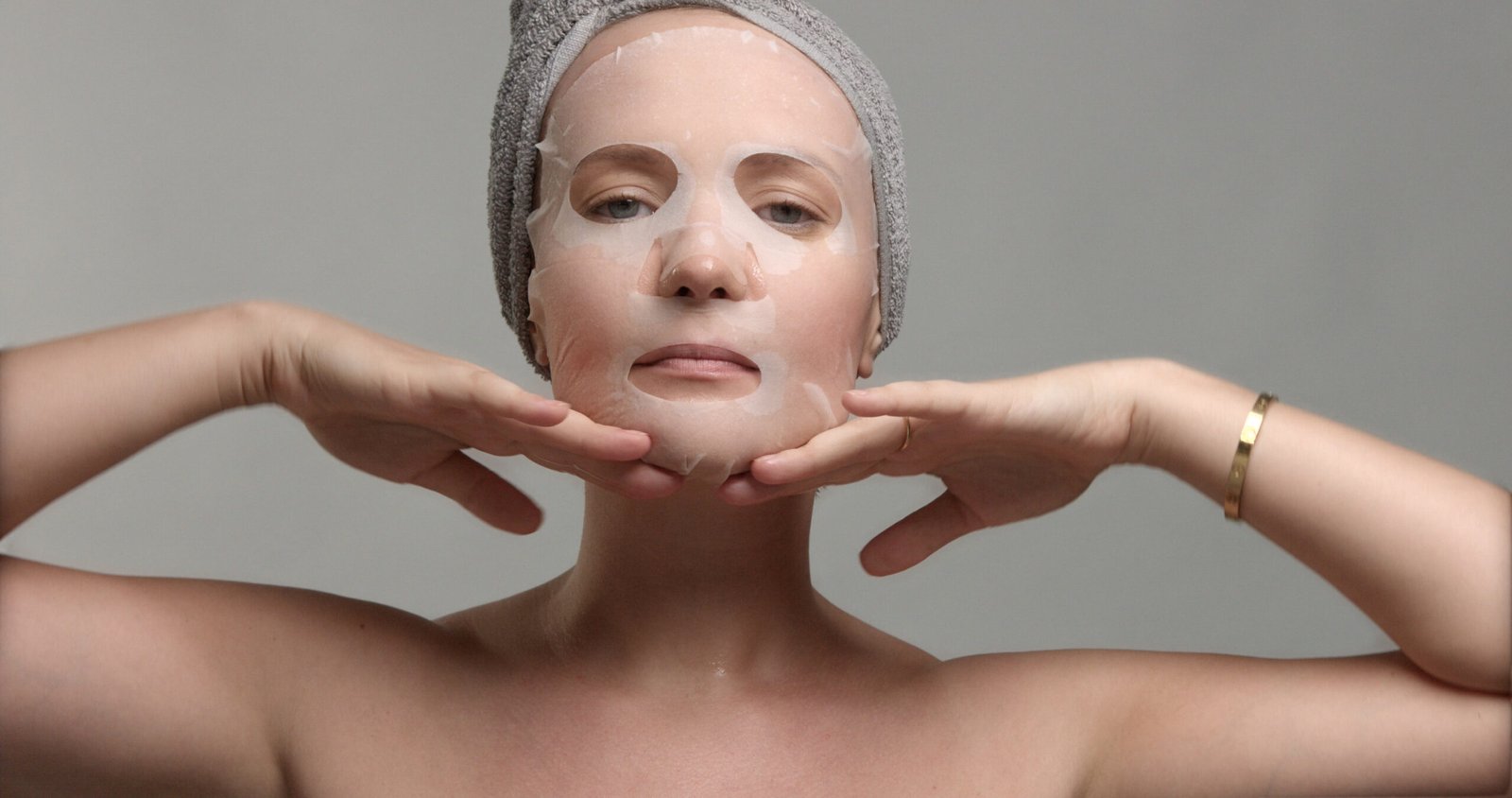Is cellulite only a woman’s problem? No, men can also suffer from this unsightly skin condition. In fact, studies show that up to 10% of men worldwide have cellulite. But what causes cellulite in men, and how is it different from women? And more importantly, how do you get rid of it naturally? Keep reading to find out everything you need to know about cellulite on men.
How to Get Rid of Cellulite on Men: Natural Remedies and Treatments
While there are many treatments available for cellulite, not all of them work equally well for men. This is because the underlying cause of cellulite in men may be slightly different than in women. However, there are several natural remedies that have been shown to help reduce the appearance of cellulite on men’s skin. Here are some of the most effective ones:

Exercise regularly: Regular exercise helps improve blood flow and lymphatic drainage, which can reduce the buildup of fatty deposits underneath the skin. Some exercises that target cellulite include squats, lunges, and cycling.
Eat a healthy diet: A balanced diet rich in fruits, vegetables, whole grains, lean protein, and healthy fats can help support overall skin health. Additionally, certain foods like avocado, salmon, nuts, and berries contain nutrients that promote collagen production and reduce inflammation, both of which can contribute to smoother skin.
Use topical creams: Creams containing ingredients like caffeine, retinol, or alpha hydroxy acids (AHAs) can help break down fat cells and stimulate new collagen production. Look for products with these ingredients and apply them directly to affected areas twice daily.

Try dry brushing: Dry brushing involves using a soft-bristled body brush to gently exfoliate your skin before bathing. This technique can help remove dead skin cells and boost circulation, which can improve the appearance of cellulite over time.
Is Cellulite on Men Different from Women? Exploring the Causes and Solutions
So why does cellulite occur in men differently than in women? While the exact cause isn’t fully understood, research suggests that hormonal imbalances, genetic factors, and lifestyle choices may play a role. For example, men who are overweight or obese may be more likely to develop cellulite due to increased pressure on their skin. Similarly, smoking and excessive alcohol consumption can damage the skin and increase the risk of developing cellulite.
However, unlike women, men tend to develop cellulite later in life and typically in specific areas such as the abdomen, chest, and upper arms. This is thought to be related to differences in muscle mass and distribution between men and women.
The Best Cellulite Reducing Exercises for Men to Try at Home
If you’re looking for ways to reduce the appearance of cellulite on your own, try incorporating these exercises into your routine:
Squats: Stand with feet shoulder-width apart and lower yourself into a sitting position while keeping your knees behind your toes. Repeat for three sets of 25 reps.
Lunges: Step forward with one foot and bend both knees until they form a right angle. Then repeat on the other side. Do three sets of 25 reps per leg.
Plank pose: Start by lying face down on the floor with elbows bent and hands supporting your weight. Pull your core in tight and lift your torso off the ground so that you’re supported by your elbows and toes. Hold for 30 seconds to start and gradually build up to two minutes.
Top 5 Foods That Help Get Rid of Cellulite on Men’s Skin
In addition to regular exercise and natural remedies, eating a healthy diet can also go a long way towards reducing the appearance of cellulite. Here are five foods that should be included in any anti-cellulite diet:
Avocados: Rich in monounsaturated fats, avocados help keep skin hydrated and supple. They also contain vitamin K, which promotes healthy blood clotting and reduces bruising.
Salmon: Fatty fish like salmon are high in omega-3 fatty acids, which reduce inflammation throughout the body and promote healthy skin.
Nuts: Almonds, walnuts, and pumpkin seeds are packed with antioxidants and minerals that protect against free radical damage and promote collagen production.
Berries: Blueberries, raspberries, and strawberries are loaded with flavonoids, compounds that strengthen capillary walls and prevent fluid leaks that lead to cellulite formation.
Leafy greens: Spinach, kale, and collard greens are low in calories but high in fiber, vitamins, and minerals that support overall skin health.
